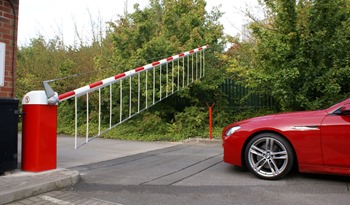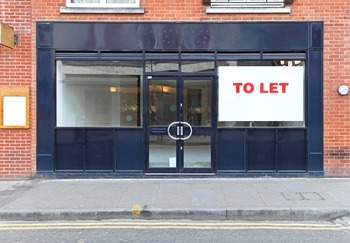 Physical security in the workplace is vital for all businesses. However, it can be something that many organisations overlook. An attacker can easily gain access to the premises and assets if the security is weak. Protecting confidential information, assets, facilities and employees should be at the top of a business owners concerns.
Physical security in the workplace is vital for all businesses. However, it can be something that many organisations overlook. An attacker can easily gain access to the premises and assets if the security is weak. Protecting confidential information, assets, facilities and employees should be at the top of a business owners concerns.
Here we discuss the importance of physical security in the workplace.
Helps with cybersecurity
Technology continues to become a vital part of day to day life. It is common for businesses to prioritise securing the technical side of the business. Installing firewalls and other cyber-security methods are typical cyber-security methods. Although cyber-security is vital, it should not take priority over physical security. Cyber-security helps to prevent data theft using firewalls and security protocols. However, an insecure building can also be a cause of data loss. Both security types compliment each other.
If it vital that physical security is prioritised, if only to boost the effectiveness of the cyber-security methods.
Protects against theft
Using physical security can help reduce theft. Ensure that gates and barriers are used wherever possible to ensure only authorised personnel have access to staff car parks. These measures will significantly reduce the threat of car theft. You should also implement access control equipment to help protect both your businesses assets but also your staff’s personal possessions. Having these methods in action will reduce office disputes and create a better, safe and good working environment.
Makes you get the most out of your employees
Providing a safe and secure work environment is important for existing employees but will also attract future employees. Knowing that their possessions are safe on the premises is vital for good productivity and a happy workforce. Employees are a businesses greatest assets as without them, the company would not function. Therefore, to ensure employees feel safe whilst at work, actions should be taken.
In addition to this, strong security practices and a safe working environment can lead to lower employee absenteeism.
Helps prevent vandalism and arson
Businesses can often prioritise the security of company assets. However, it is easy to implement physical security aimed at deterring property vandalism. Barriers, gates and security guards can all help stop uninvited people entering the premises. Investing in surveillance cameras, exterior lighting and signage can all help deter potential vandals and intruders.
Protects you from some unnecessary costs
A physical security strategy should also cover other business assets. This includes equipment, files and hardware. By including all assets in the strategy a business can protect itself from unnecessary costs and downtime.
Installing physical security measures may involve a significant initial investment. However, when carried out well, the strategy can save a company thousands in the long term. There are potential huge financial implications associate with a poor physical security strategy.
The initial costs of implementing a strong physical security strategy can be significant. This can be overwhelming to some business owners. Making this investment can be extremely advantageous to both the business and employees alike. Not only does it provide a safe environment, but it can also help reduce insurance, resulting in further cost savings.
What’s Next?
These are just some reasons that highlight the importance of physical security in the workplace. To find out more about how physical security can benefit your business, please contact us on 01522 682255 for a free, no-obligation quotation and feasibility survey to assess your perimeter security equipment.

 Physical security practices in the workplace is a huge topic. but where does the cautious business owner start?
Physical security practices in the workplace is a huge topic. but where does the cautious business owner start?

Recent Comments